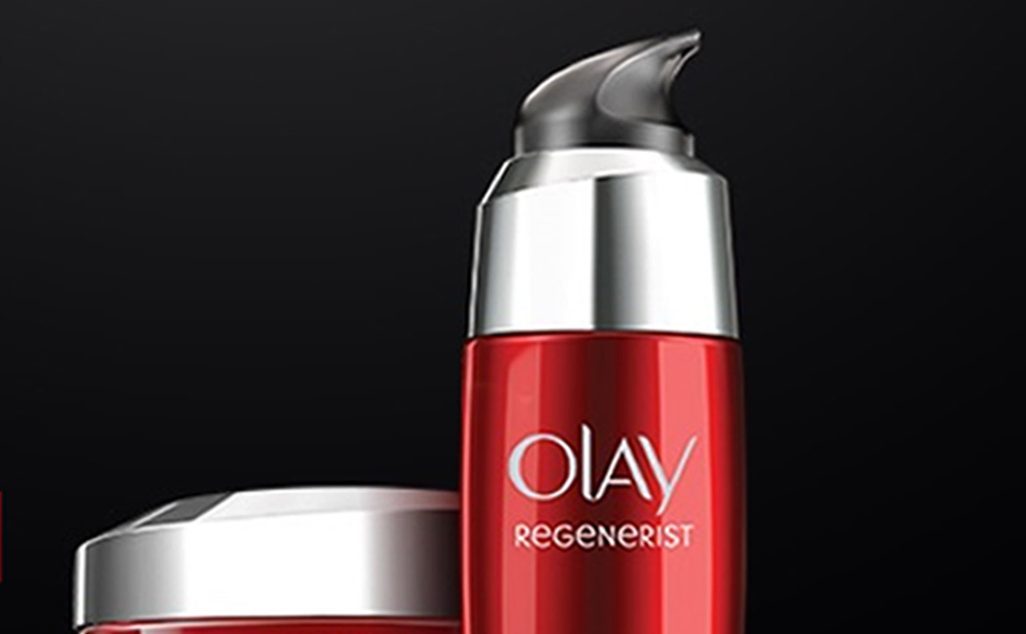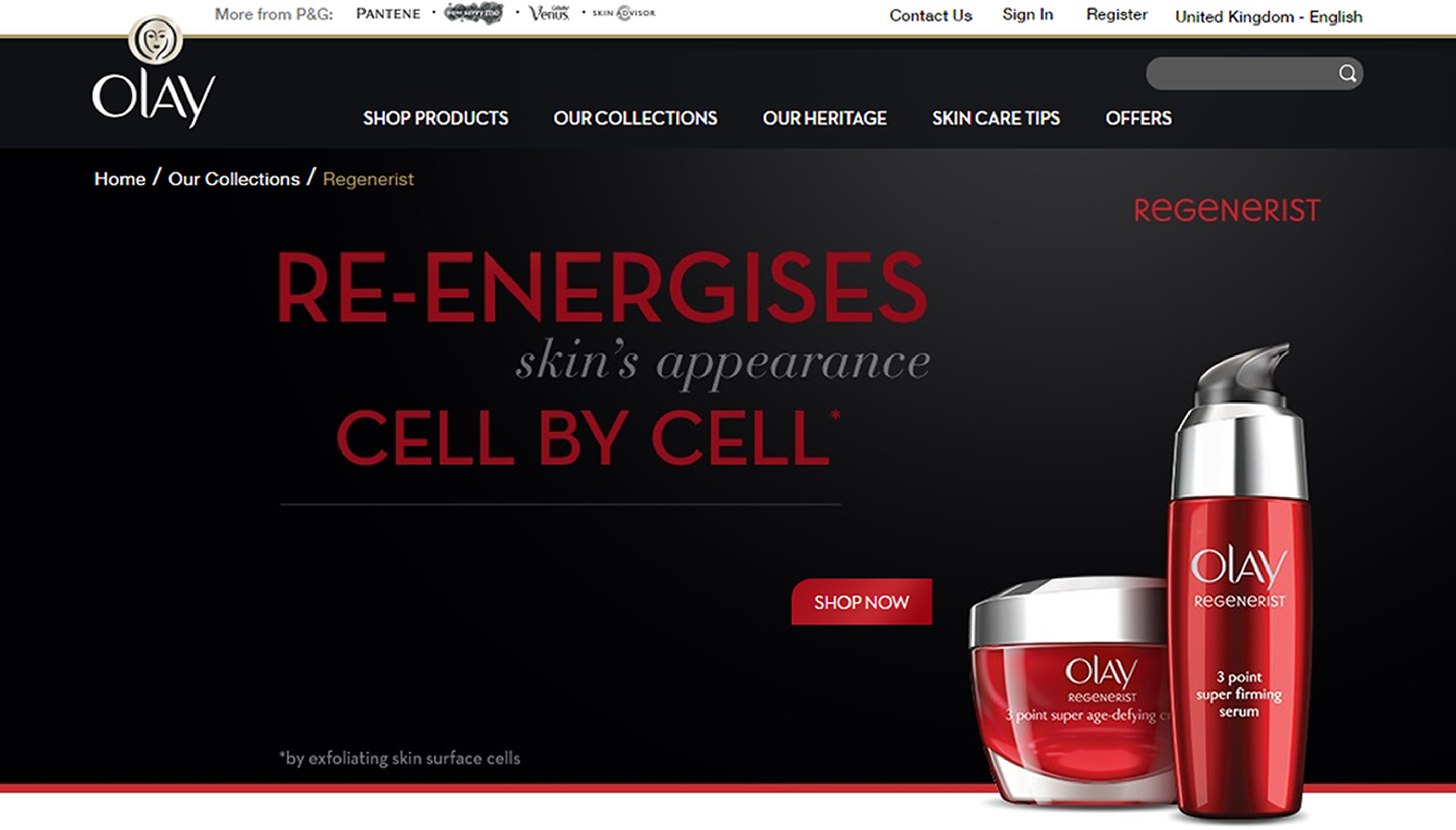
SKINCARE brand Olay’s claim that its Regenerist products improve the appearance of skin “cell by cell” has been banned for misleading consumers.
The cosmetics giant made the claim that Regenerist “re-energises skin’s appearance cell by cell”, with small print adding that it did this “by exfoliating skin surface cells”.
However a cosmetic doctor complained to the Advertising Standards Authority (ASA) that the claim was misleading and challenged whether Olay could substantiate it.
Procter & Gamble, which owns the Olay brand, said all products in the range included 5% niacinamide, or vitamin B3, which was proven to increase the rate of surface cell renewal and provide an exfoliation benefit, while the “lubricous” nature of the product smoothed the skin’s surface.
P&G said it did not believe that the claim implied a deeper physiological action, and referred to the skin’s “appearance”.
The ASA said the “cell by cell” claim implied that the product would have a deeper physiological effect than only surface level, and the word “re-energises” reinforced that impression.
It said: “We concluded that the claim ‘Re-energises skin’s appearance cell by cell’ as consumers were likely to interpret it had not been substantiated and was therefore misleading.”
It ruled that the ad must not appear again in the form complained about, adding: “We told Procter & Gamble to ensure that they held sufficient evidence to support claims made in their advertising.”

Enjoy the convenience of having The Sunday Post delivered as a digital ePaper straight to your smartphone, tablet or computer.
Subscribe for only £5.49 a month and enjoy all the benefits of the printed paper as a digital replica.
Subscribe